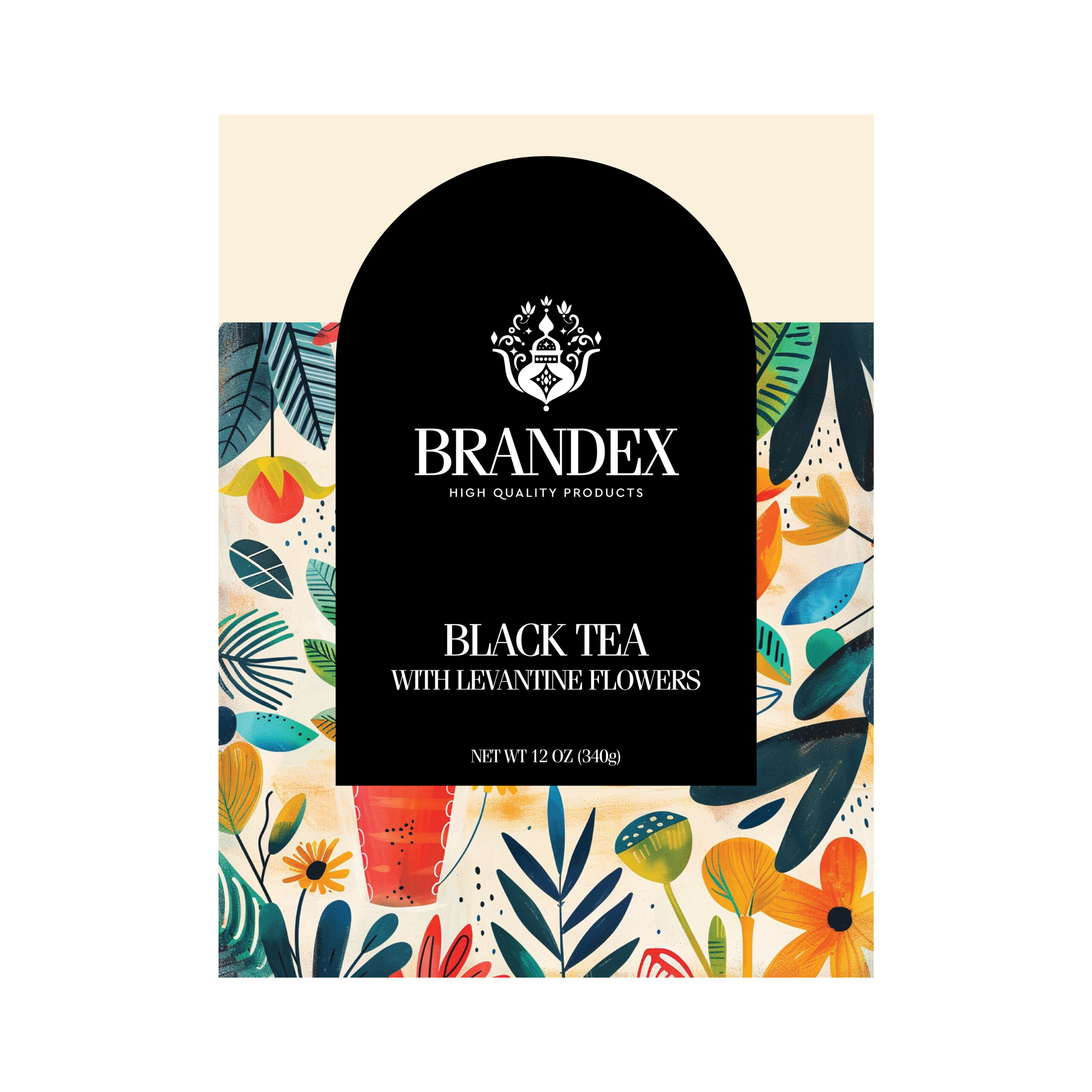
A label’s job isn’t just to look good—it’s to stay put and stay legible, even when the going gets tough. For many businesses, a label’s durability can mean the difference between smooth operations and costly mishaps. Let’s explore why durability matters and which materials have the staying power your business needs.
Materials Built to Endure:
- Vinyl: The MVP of tough labels. Waterproof, UV-resistant, and capable of enduring extreme temperatures, vinyl labels are perfect for industrial use or shipping.
- Polyester: Combines strength with a clean finish, making it a go-to for durable labels that still look sharp.
- Specialty Adhesives: Don’t forget the stickiness factor! Durable materials need equally reliable adhesives to keep them in place.
Real-Life Scenarios:
- Shipping and Logistics: Ensure your packages arrive with scannable barcodes, no matter the weather.
- Manufacturing: Equipment labels that endure wear and tear save you the hassle of replacements.
- Retail: Labels that stay vibrant and intact maintain your brand’s image on the shelf.
Tips for Maximizing Durability:
- Opt for laminated finishes to protect your label from scratches and smudges.
- Test for adhesion on your packaging material to prevent peeling.
- Invest in quality materials upfront to save on costly reprints or replacements later.
Durability isn’t just about labels that last—it’s about creating a lasting impression of quality and reliability for your business.



